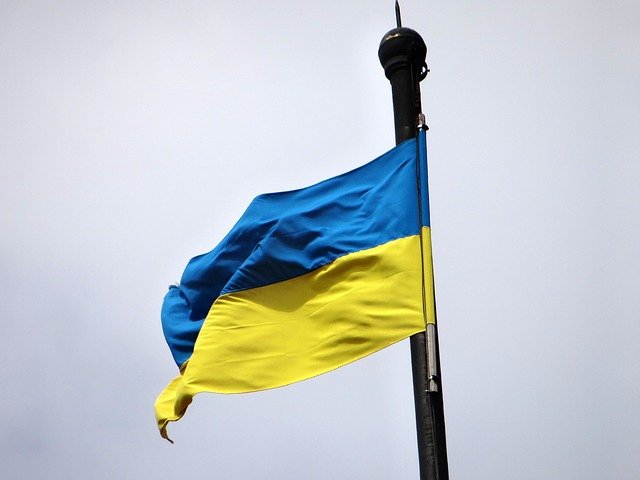Russia's Eugenic War
By Timothy Snyder,
Thinking about...
| 01. 08. 2023
When Vladimir Putin says that Russians and Ukrainians are one people, what he means is that Ukrainians will agree when force is applied. Russian war planning assumed that Ukrainian identity was a superficial implant, to be extirpated by a quick military strike that would physically eliminate a foreign-backed elite. That form of genocide proved to be impossible, because it was based on an erroneous assumption. Ukrainian self-understanding is spread wide and deep through the population of Ukraine, to the point where people take initiative themselves to help their country win the war. In this sense, Ukrainian identity is far easier to observe in this war than is Russian identity.
Indeed, the war raises the question: what is Russia? Putin has failed to answer this question in any positive sense. If anything, he has harnessed Russian identity to that of Ukraine, which is not at all what he intended. Judging from Russian mass media, including the all-important talk shows, the dominant Russian self-understanding at the moment is that of an "anti-Ukraine."
As the Nazi legal theorist Carl Schmitt and the Russian...
Related Articles
By Lars Cornelissen, The Conversation | 11.28.2025
Prime Minister Keir Starmer thinks that racism is returning to British society. He has accused Nigel Farage’s Reform UK of sowing “toxic division” with its “racist rhetoric”.
Starmer’s comments follow a trend that has seen senior Labour party officials portray...
By Grace Won, KQED [with CGS' Katie Hasson] | 12.02.2025
In the U.S., it’s illegal to edit genes in human embryos with the intention of creating a genetically engineered baby. But according to the Wall Street Journal, Bay Area startups are focused on just that. It wouldn’t be the first...
Several recent Biopolitical Times posts (1, 2, 3, 4) have called attention to the alarmingly rapid commercialization of “designer baby” technologies: polygenic embryo screening (especially its use to purportedly screen for traits like intelligence), in vitro gametogenesis (lab-made eggs and sperm), and heritable genome editing (also termed embryo editing or reproductive gene editing). Those three, together with artificial wombs, have been dubbed the “Gattaca stack” by Brian Armstrong, CEO of the cryptocurrency company...
By Lucy Tu, The Guardian | 11.05.2025
Beth Schafer lay in a hospital bed, bracing for the birth of her son. The first contractions rippled through her body before she felt remotely ready. She knew, with a mother’s pit-of-the-stomach intuition, that her baby was not ready either...




